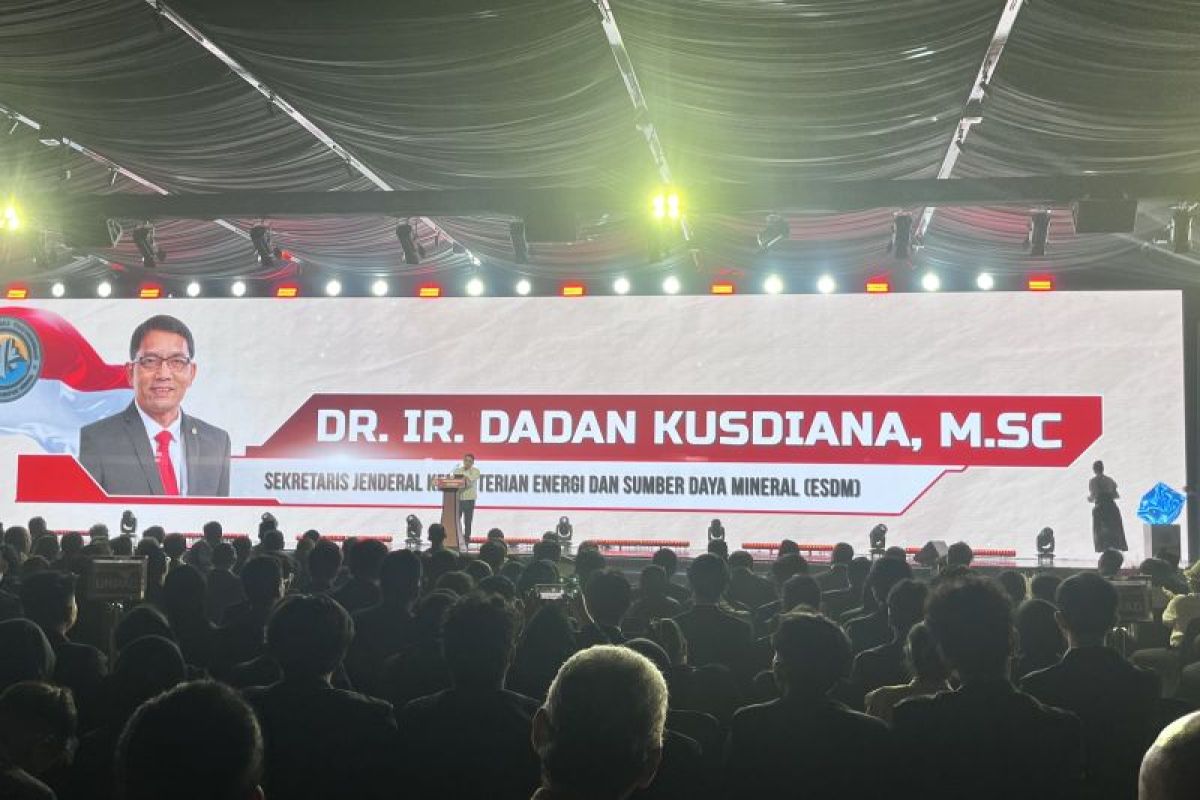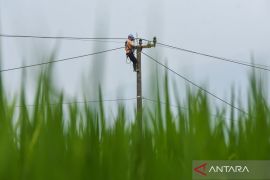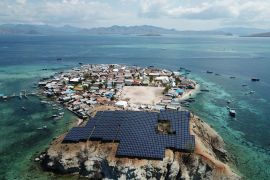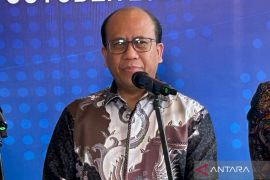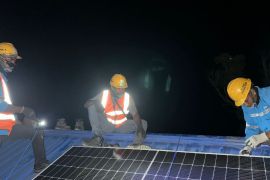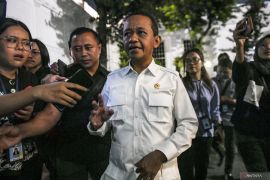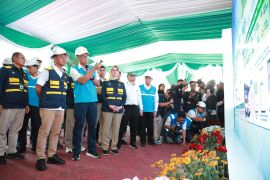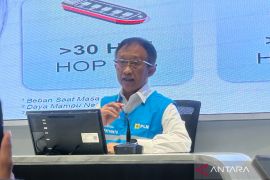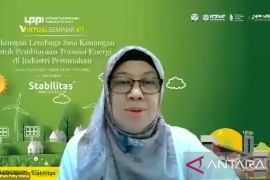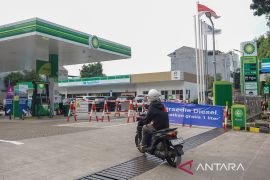“With a target of four to five years, all villages, all regions, and all households in this Republic will have sustainable access to electricity,” he said at the Patriot Expedition Team briefing and farewell event in Jakarta on Sunday.
As of the first half of 2025, 95.53 percent of the country’s 86.59 million households had electricity. About 1.28 million households in neighborhood association (RT) areas remain unserved, with more than 10,000 locations still lacking power.
By province, 17 provinces have electricity access of 99 percent through the State Electricity Company (PLN), 15 provinces are in the 90–99 percent range, and six provinces remain below 90 percent.
Using other measurement variables, there are 5,758 villages without electricity and 4,310 locations with only partial supply. Most of the underserved areas are in eastern Indonesia.
“Indeed, the focus is more on Eastern Indonesia. The President has often stated that under his leadership everything must be completed. So, in the next five years, we at the Ministry of Energy and Mineral Resources have been asked to address the remaining areas without electricity,” Dadan said.
He outlined several strategies to expand access, particularly in the east. Grid extension will be prioritized for villages near existing distribution lines, including hamlets that previously relied on energy-saving solar lamps (LTSHE) and villages whose power is not yet supplied by PLN.
He added that localized solutions will be considered where appropriate, including small, centralized systems that use local energy resources.
"Perhaps this is also one of the Patriot Expeditions that can be promoted, namely, what energy potential, on a small scale? Perhaps transmigration is planned from the start, so we can determine the location of the houses, so we can develop a centralized, small-scale electricity supply system there, using local energy," he said.
Dadan noted that the ministry has developed numerous 100–200 kilowatt micro-hydropower plants in several regions using domestic technology. These facilities can operate around the clock, offer attractive financing, and have relatively low operating costs.
For scattered households, the government plans to deploy individual solar power systems with batteries (PLTS) through PLN to reach unelectrified locations.
"In our experience, if they aren't managed properly, no one takes care of them, and they usually disappear quickly, deteriorate quickly, and end up on the market," said Dadan.
Related news: Indonesia expands electricity access to rural areas
Related news: Energy Ministry sets strategies for long-term energy security
Translator: Arie Novarina
Editor: Primayanti
Copyright © ANTARA 2025
